

INSECTS
HEMIPTERA / PLANTHOPPERS
Planthoppers are plant-feeders in the infraorder Fulgoromorpha. They are typically slow walkers, but are able to jump large distances.
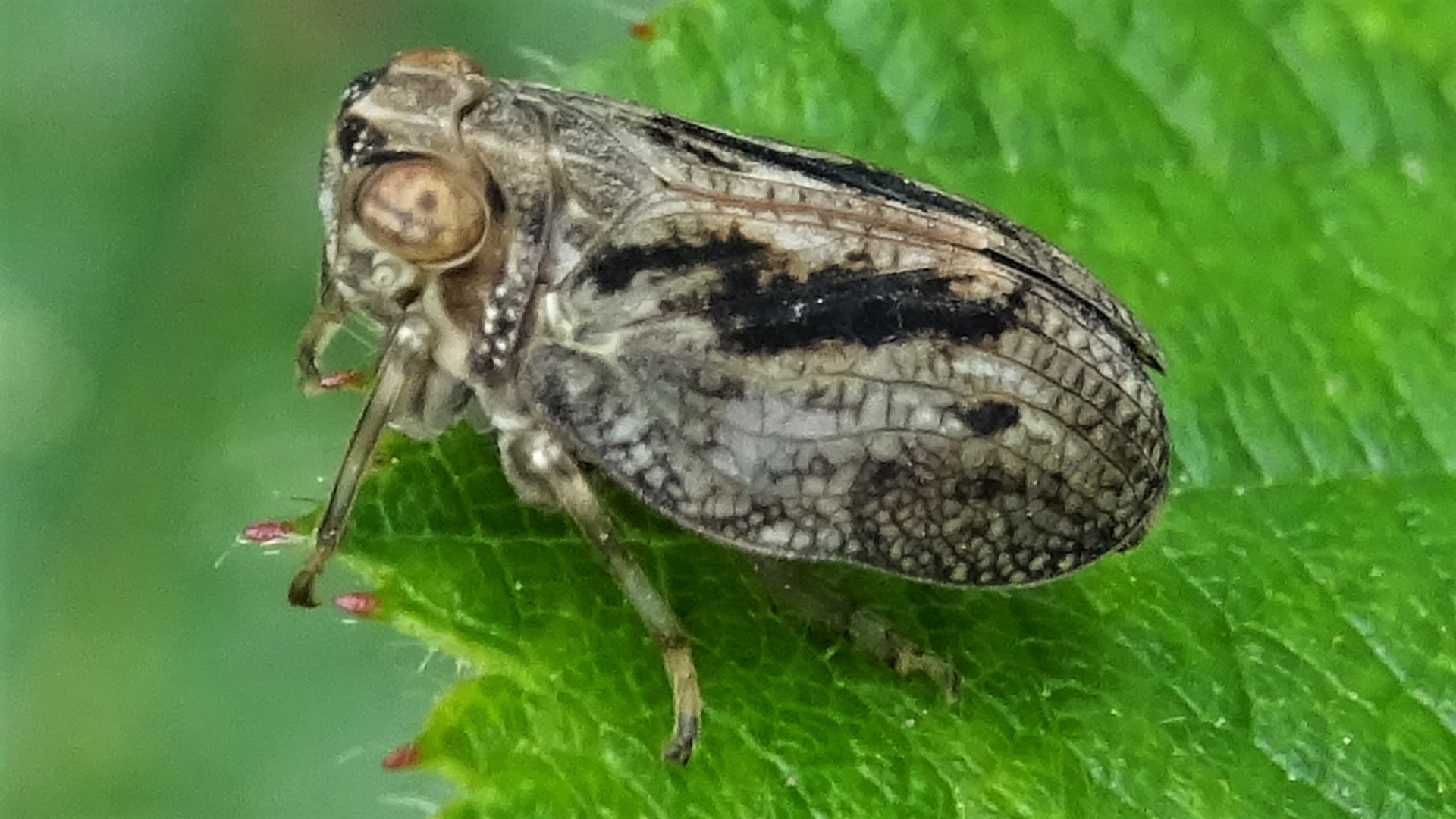
Slide title
Issidae Bug Issus coleoptratus
©Raymond Small 13/07/2023 TQ4792
Button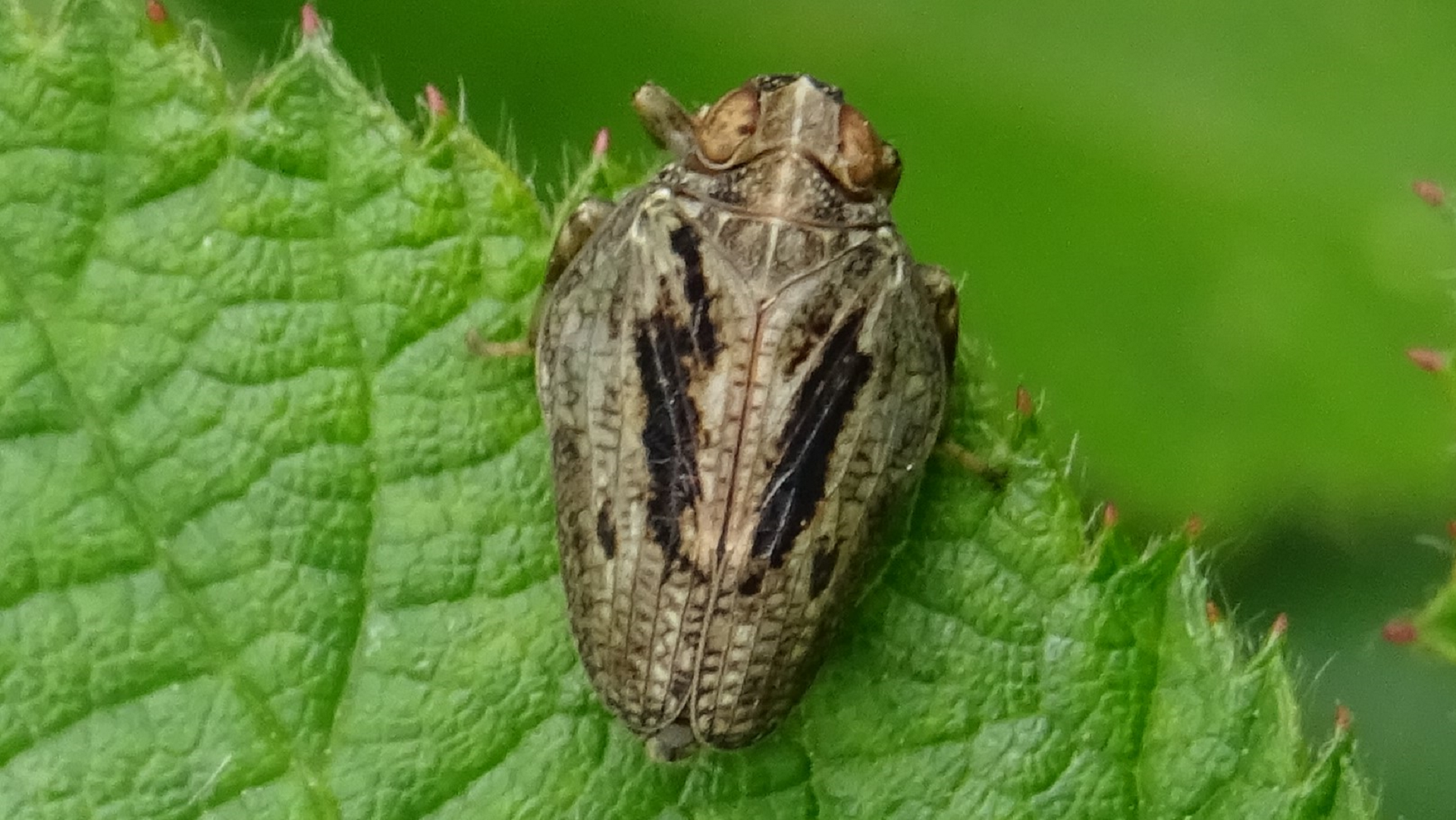
Slide title
Issidae Bug Issus coleoptratus
©Raymond Small 13/07/2023 TQ4792
Button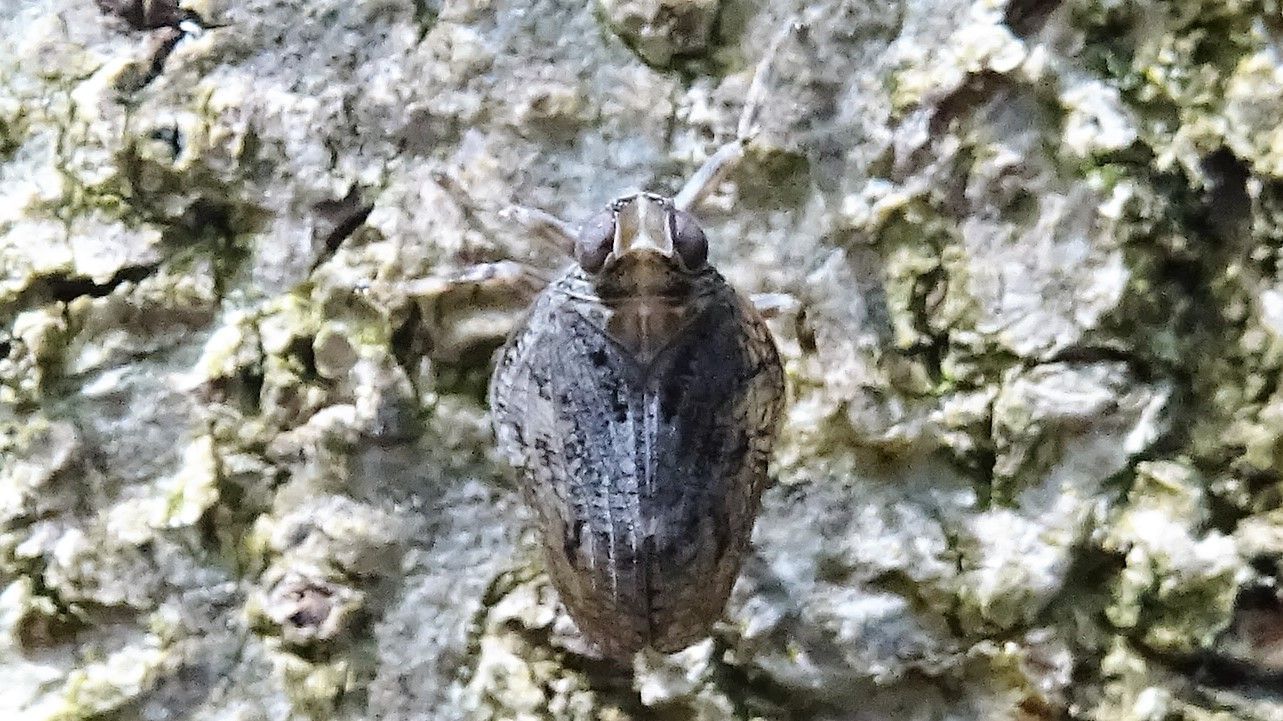
Slide title
Issidae Bug Issus coleoptratus
©Raymond Small 13/07/2023 TQ4792
Button
Issidae Bug
Issus coleoptratus is a common flightless planthopper (3-4mm long) that lives on shrubbery and on foliage of various deciduous trees. They are usually seen from May until October. The head, including the eyes, is narrower than the pronotum.
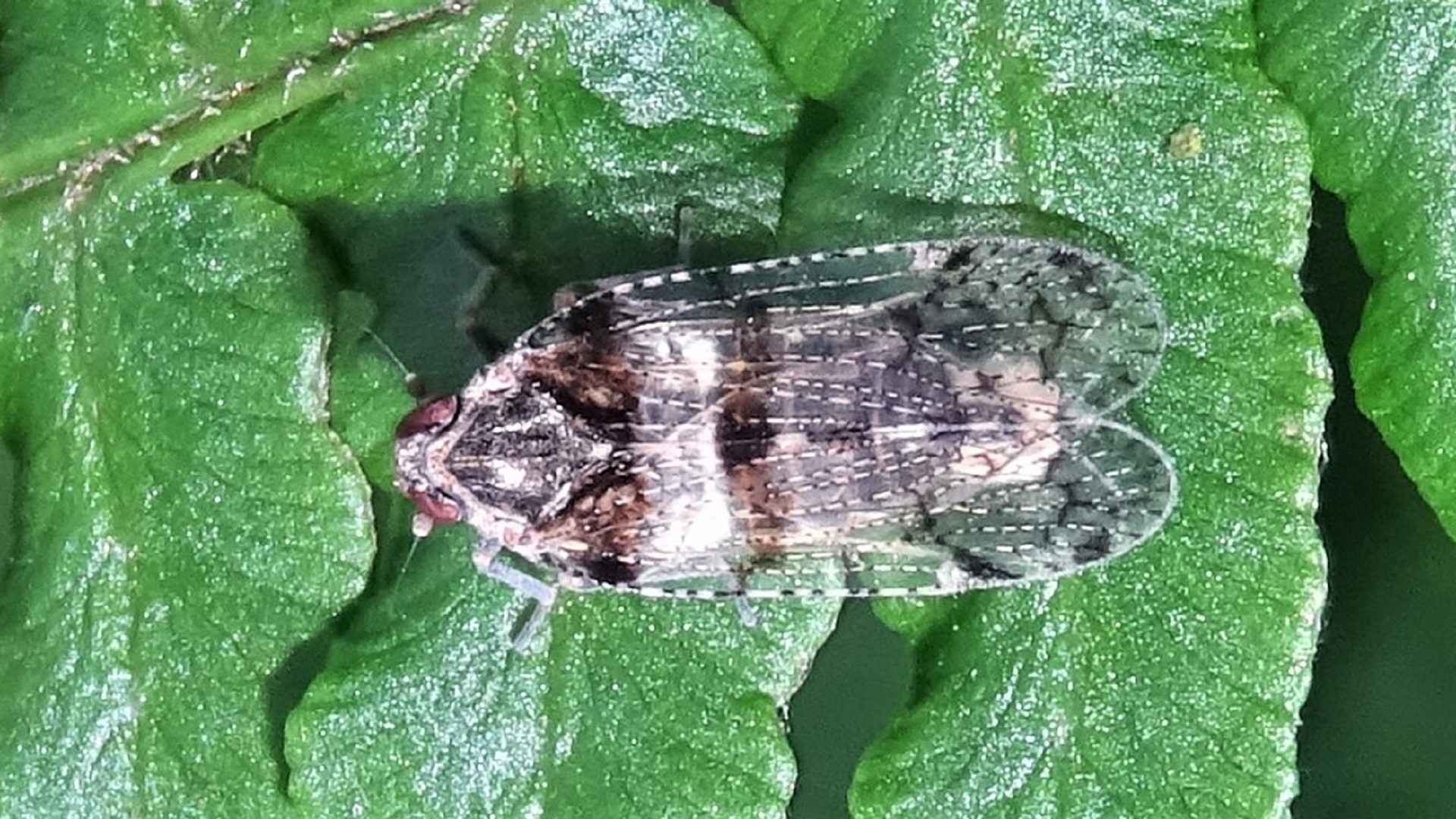
Slide title
Common Lacehopper Cixius nervosus
©Raymond Small TQ4894 07/06/2022
Button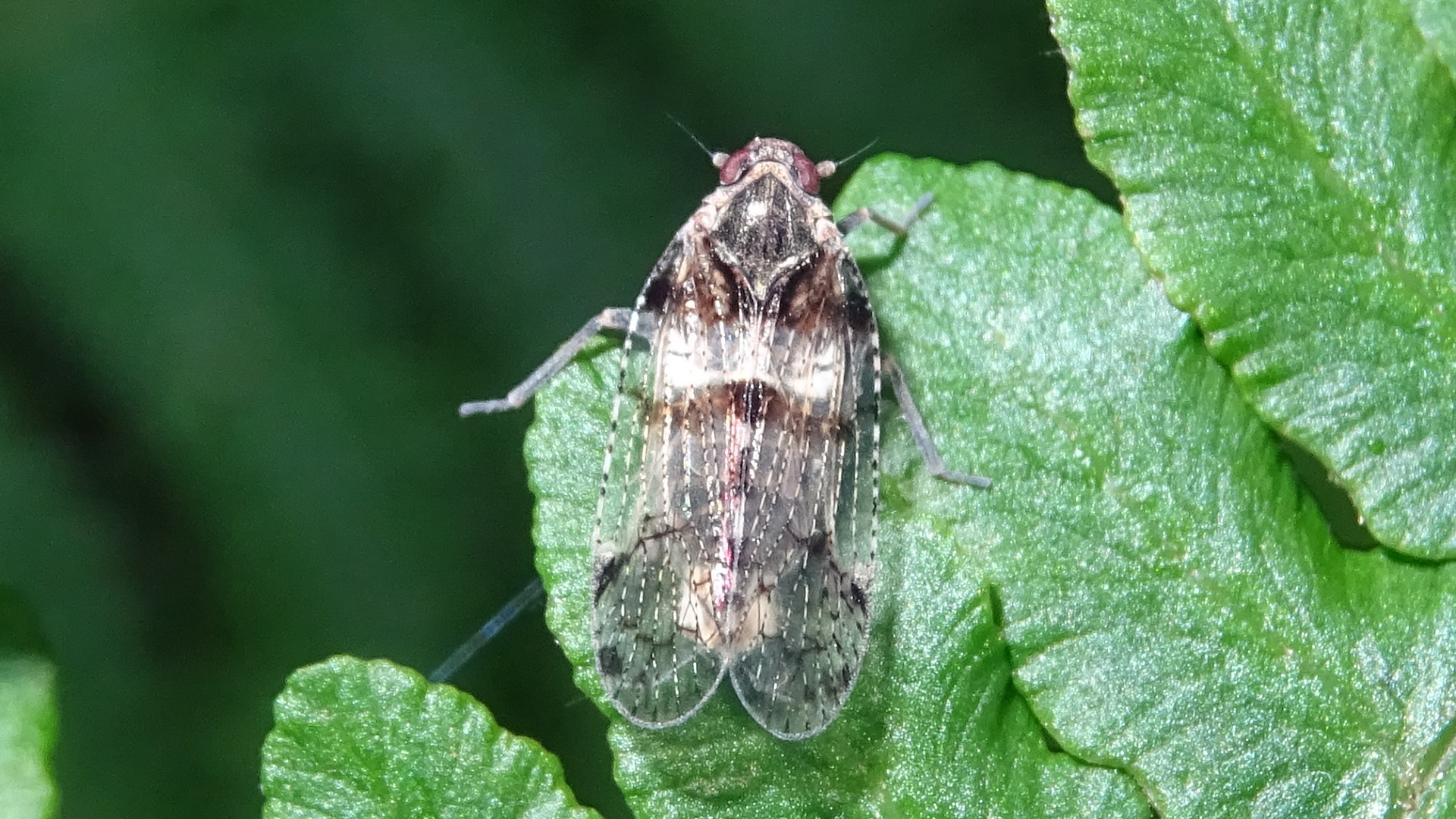
Slide title
Common Lacehopper Cixius nervosus
©Raymond Small TQ4894 07/06/2022
Button
Common Lacehopper Cixius nervosus is the commonest Lacebug species in Britain and is one of the largest (about 6-8mm). The post-clypeus (large nose-like structure that lies between the eyes) is brownish yellow, much paler than the frons. The spots along the costal edge are larger than those on veins, and there is normally a brown transverse band on the forewings in the basal half, with faint dark markings located behind. Found on deciduous trees and shrubs from May until October.
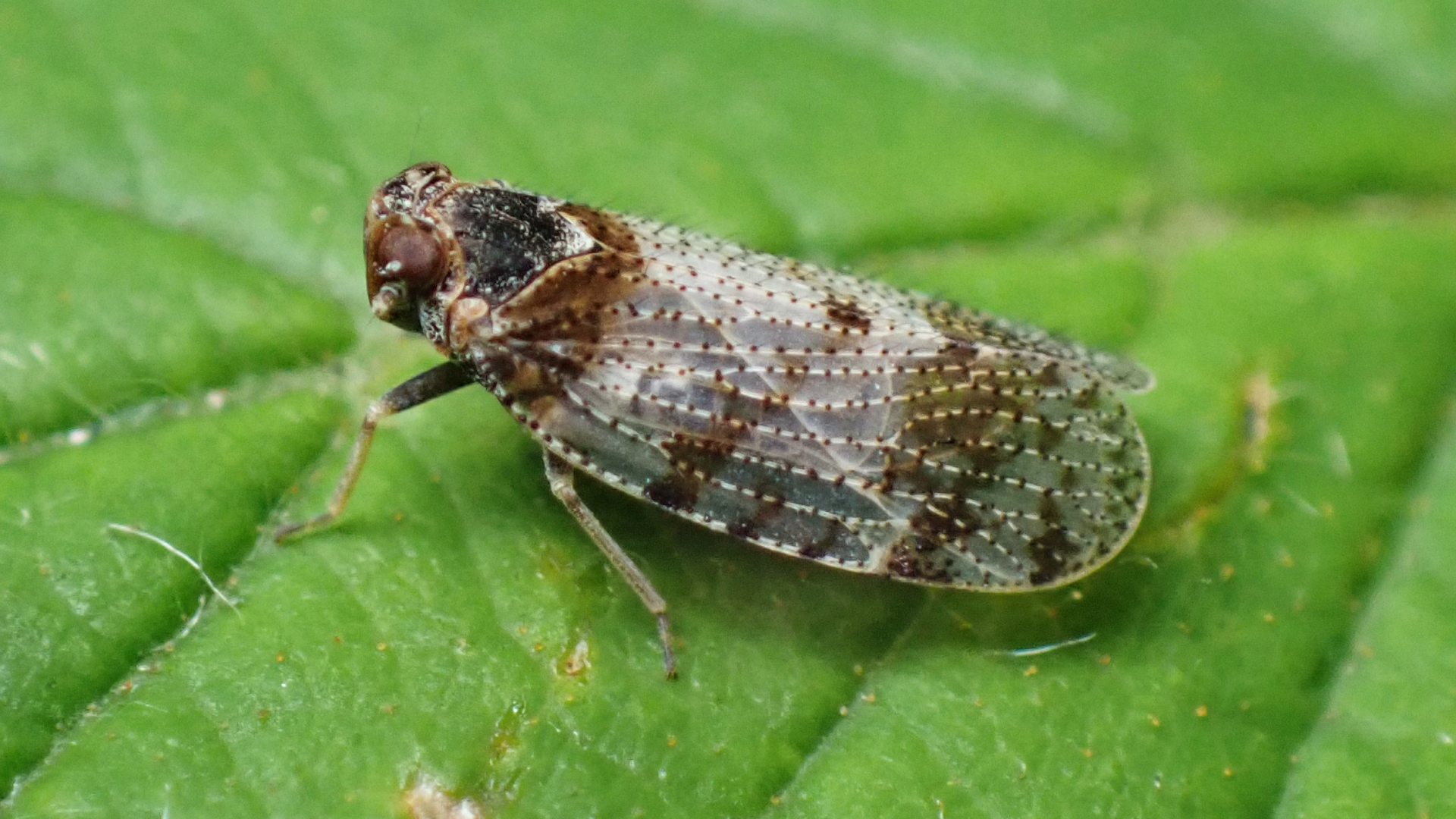
Slide title
Spotted Lacehopper Tachycixius pilosus
©Raymond Small TQ4793 10/06/2024
Button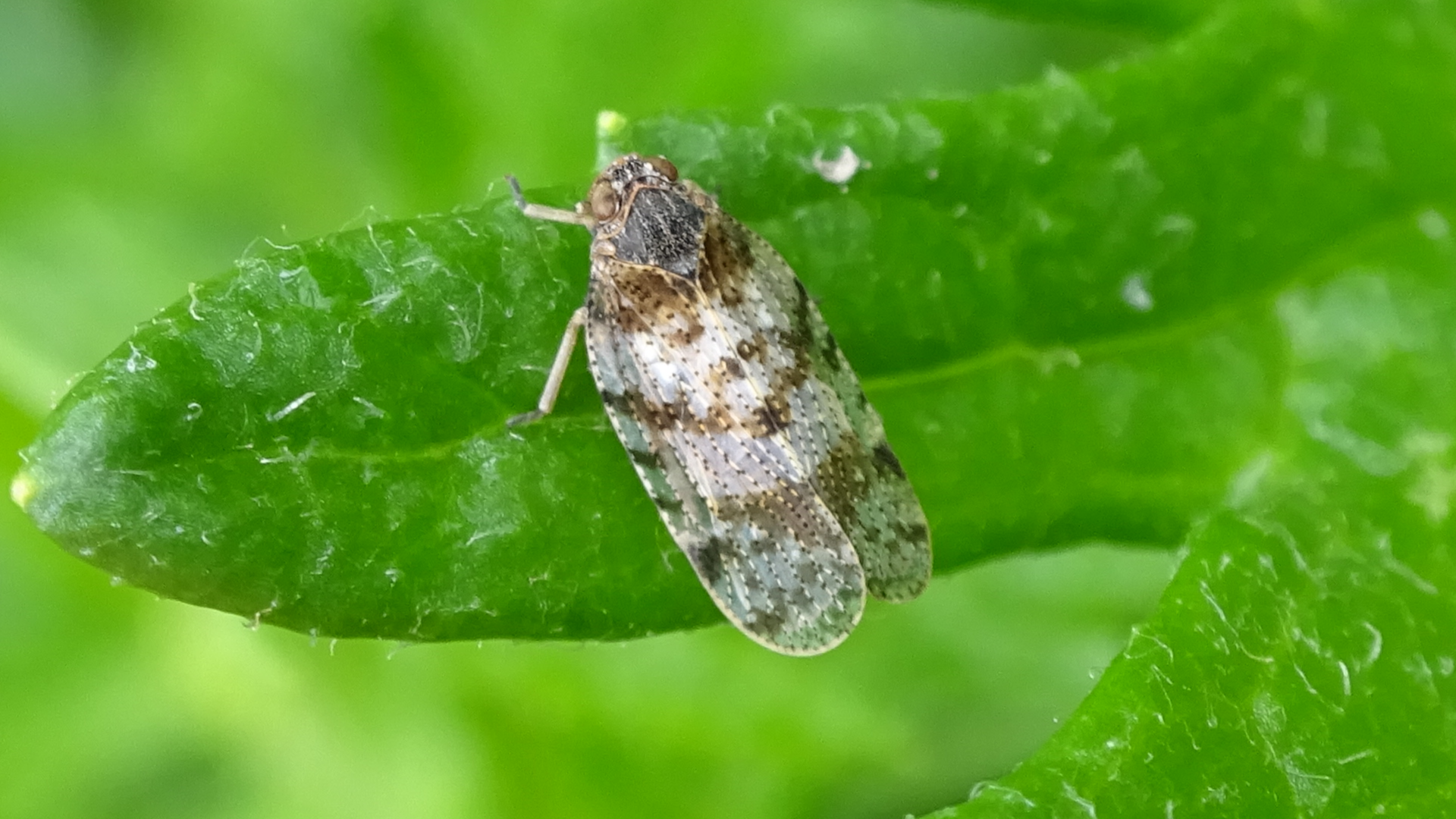
Slide title
Spotted Lacehopper Tachycixius pilosus
©Raymond Small TQ4892 13/06/2019
Button
Spotted Lacehopper
Tachycixius pilosus (about 5mm) is found on deciduous trees and shrubs from May until July. It has three keels on the scutellum and dark spots between the veins at the apex of the forewing. There are also usually three short dark stripes along the forewing edge. The forewings range from being fairly plain to nearly totally dark. Its larvae feed at the base of various grasses.
© hainaultforest.net. All rights reserved.